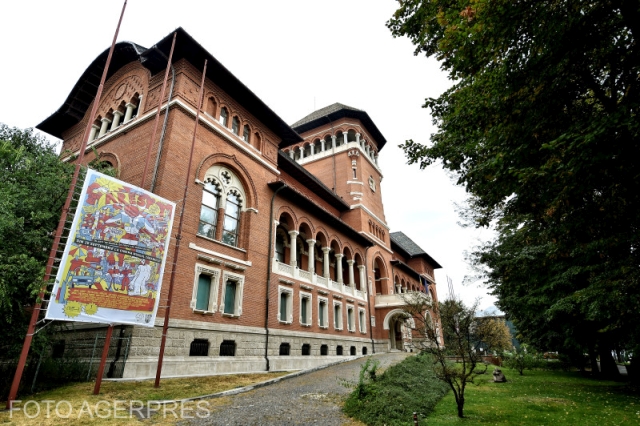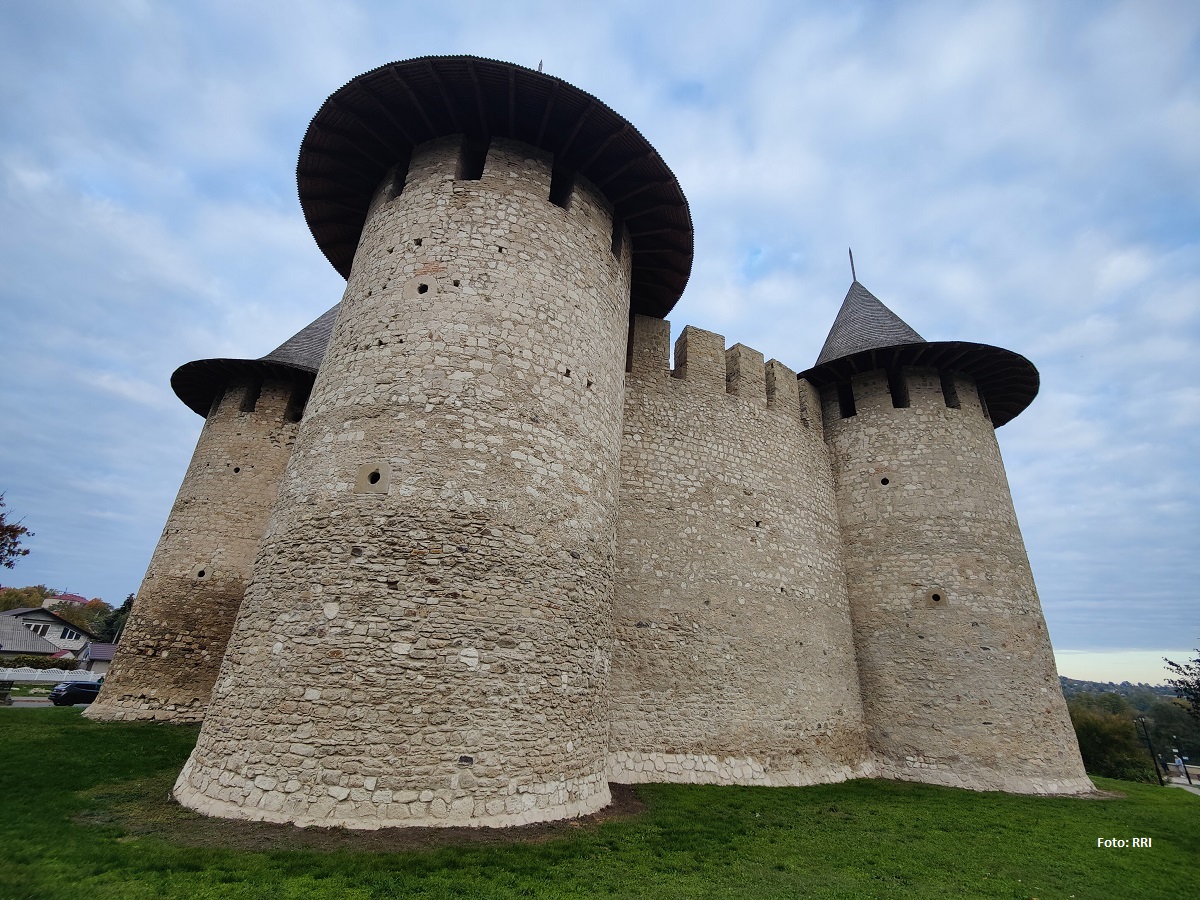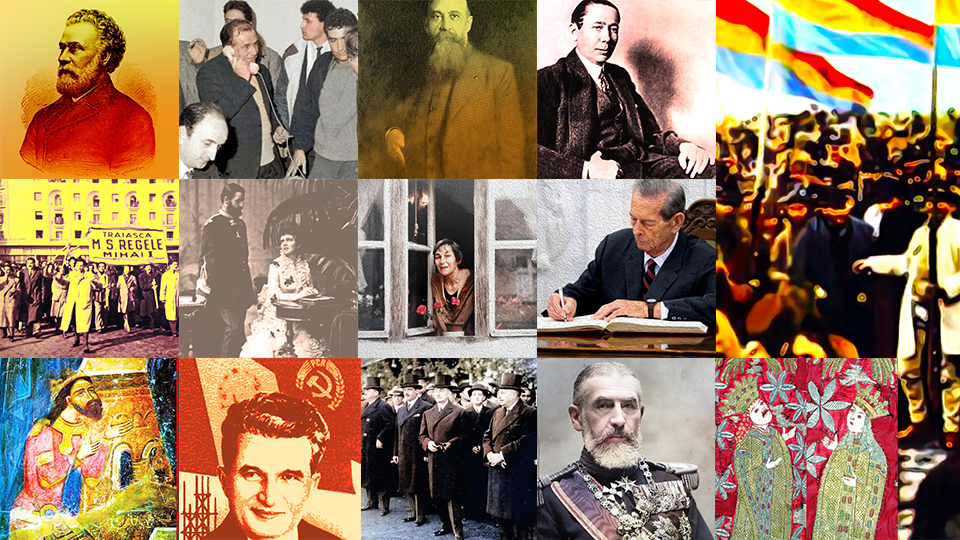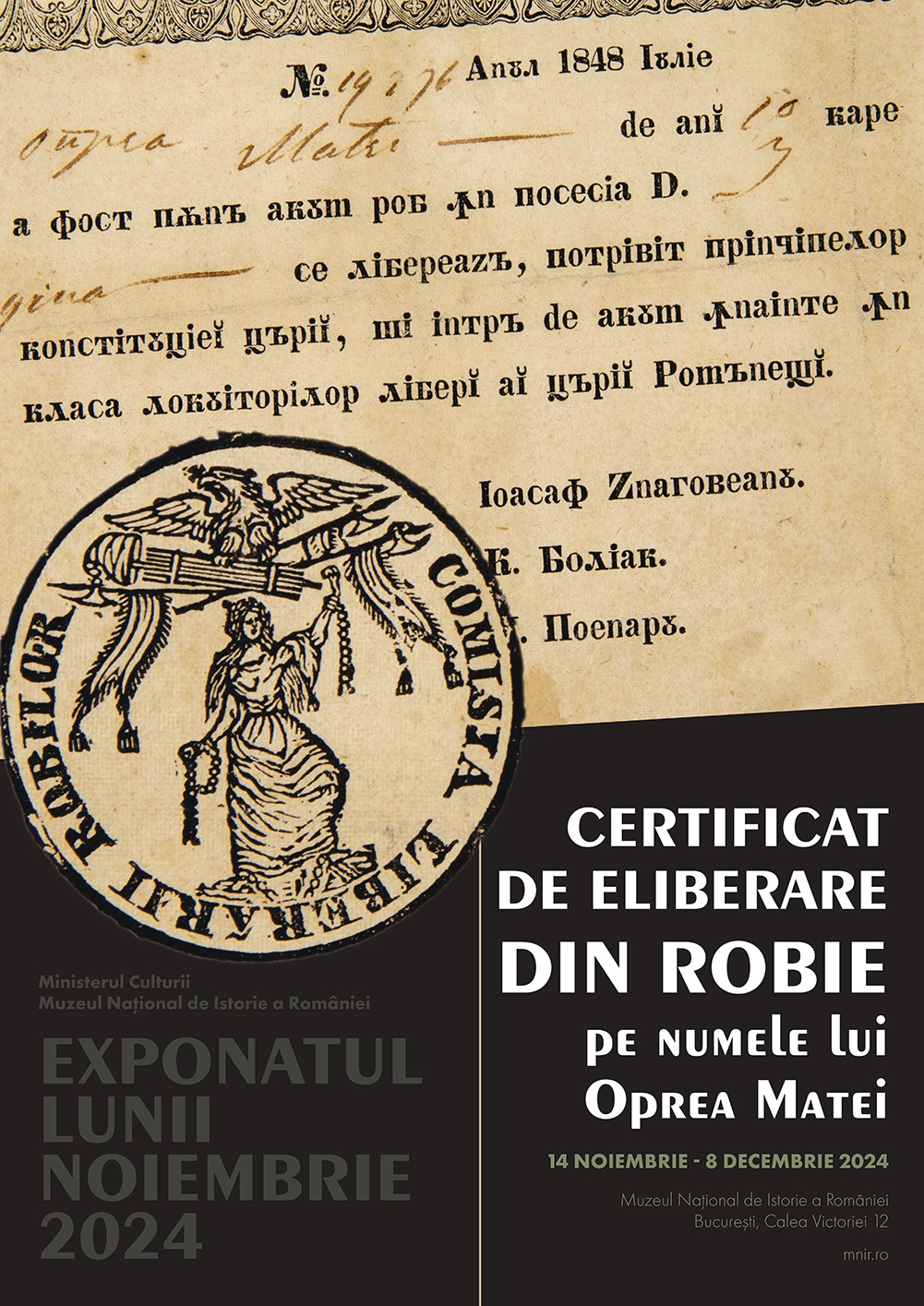The architect Nicolae Ghika-Budesti
One of Romania's most prominent architects in the early 20th century

Christine Leșcu, 22.12.2019, 23:00
The architect Nicolae Ghika Budesti was born
150 years ago, on December 22nd
1869. Ghika Budesti will mainly be remembered for the extension works he
supervised, for the Palace of the University of Bucharest. Ghika-Budesti was
also a competent restorer of historical monuments. He was of illustrious
descent, since two old boyar families, Ghica and Cantacuzino, were part of his
lineage. Ghica and Cantacuzino were also families where quite a few of the
ruling princes came from, throughout the centuries, in the two Romanian
principalities, Moldavia and Wallachia. As for the architect himself, he was
brought up in a milieu which was artistic as much as it was aristocratic. Oana Marinache is an art historian specializing in 19th century architecture.
The architect Nicolae
Ghika-Budeşti was born into one of the most famous families of boyars in
Moldavia. As a rule, several branches of old families, families with a lot of
members, were differentiated among themselves adding another name to their
family name, actually the name of the estate the respective branch hailed from.
For example, there were the Ghika-Comanesti as well as the Ghika-Deleni
families. The future architect was lucky enough to have a very talented father.
Eugen Ghika-Budeşti was a less well-known painter, yet he gained international
fame, to a certain extent. His mother came from the Cantacuzino family. On his
mother’s side, he was a close relative to painter Pallady and architect G.M.
Cantacuzino. So he hailed from a family with remarkable personalities in the
world of Romanian arts and architecture. The fact that he descended from a
boyar family having its roots in Moldavia will also have a bearing on his
architecture, while it was often said that in his Bucharest-based works, one
could detect a Neo-Romanian style with a Moldavian tinge.
That specific and original characteristic of
the style of quite a few of the works designed by Nicolae Ghika-Budeşti drew
from the architecture of Moldavian churches and monasteries built during the
reign of Stephen the Great and Petru Pares, in the 15th and 16th
centuries.
Oana Marinache:
It is an obvious revisiting
of the decorative patterns, especially of the coloured glazed ceramics, of the
neo-Gothic framing of the windows or the access gates to religious edifices. Of
course he was not a hundred per cent tributary to that. Sometimes he also He
sometimes revisited certain influences of the Wallachian style. For their most
part, his public or private works have an impressive vertical element. What I
have in mind is the watchtower giving a vertical characteristic to villas or
public institutions. Also, he used the horseshoe arch in his works, the
horseshoe arch that became the main characteristic of the Moldavian version he
applied to the Neo-Romanian style.
Nicolae Ghika-Budesti will mainly be
remembered for the extension works for the building of the University of
Bucharest, one of the icons of Romania’s capital city. The central part of the
palace was designed by the architect Nicola Orascu, while its construction
began in October 10, 1857 and could not be completed before December 14, 1869.
Meanwhile the number of students increased and more academic specialties
emerged, so the planning was needed for the extension of the building. It is
exactly what happened in the early 20th century.
Oana
Marinache:
We
have a stage preceding World War One, but the war put a stop to the project for
a while. What I have in mind is the wing overlooking the Academy Street, a wing
designed between 1912 and 1913 jointly with his younger colleague, the future
great architect Duiliu Marcu, who at that time had just returned from his
studies in Paris. Works were resumed around 1924 when the wing overlooking the
Edgar Quinet street was built, housing the Faculty of Letters, for which works
were completed in 1928.
Concurrently, Nicolae
Ghika-Budeşti was also an academic with the Faculty of Architecture, but also a
columnist and an editor, authoring a great many specialized studies and
research works. An example of that is his far-reaching work, one of the seminal
works in the field, entitled The Evolution of Architecture in Wallachia and
Oltenia. In 1930 he was elected an honorary member of the Romanian Academy. As
a restorer, between 1906 and 1943 he held the position of head architect of the
Technical Service, then he was a consultant with the Historical Monuments
Commission.
Oana Marinache:
In effect, through the
Historical Monuments Commission, he was involved in estimation operations and
the assessment of restoration sites. He roamed the country far and wide,
coordinating or assessing restoration works for various religious assets, being
one of the country’s most important personalities as an academic, but also as
regards the restoration of historical monuments. He offered consultancy for
most of the intervention works for historical monuments. From what we could
infer examining archive documents, I would rather include him among
architectural designers for a great many of the Bucharest-based projects, since
it is all clear there was not much time left for him to supervise
self-supportive construction sites. Most of the construction licenses he issued
were implemented by Italian builders.
Architect
and restorer Nicolae Ghika-Budeşti died on December 16, 1943. Among
other things, his works include the designing of several interior decorations
and Byzantine furniture pieces.






























